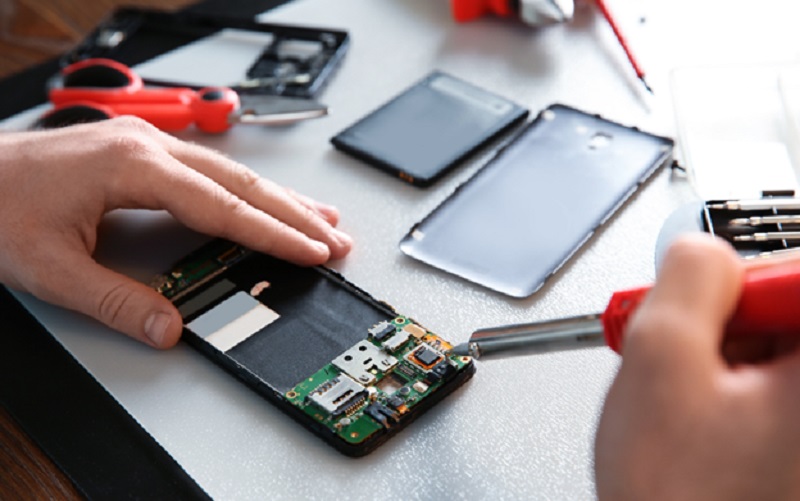When working on a new product or system, it’s important to make smart decisions early in the design process. One of the best ways to do this is by using simulation software like Computational Fluid Dynamics (CFD). These tools help engineers understand how a product will behave in real-world conditions—before anything is built. This saves time, cuts costs, and leads to better products.
Let’s explore how using CFD software early in your design process can improve product performance and increase your return on investment (ROI). We’ll also cover five helpful tips you can start using right away.
What Is CFD (Computational Fluid Dynamics)?
CFD stands for Computational Fluid Dynamics. It’s a type of computer simulation that helps you see how liquids and gases will move through or around a product. Think of airflow over a car, water inside a pipe, or heat spreading through a computer chip. CFD lets you test these things virtually.
Instead of building and testing physical models, CFD gives you a clear picture on your computer. It uses math and physics to predict how fluids behave—and it’s been trusted by engineers for nearly 50 years.
Why Use CFD Early in Design?
The earlier you use CFD in your design process, the more you can save. Here’s why:
- Changes are cheaper early on. If you wait until late in the design process to test your ideas, it can be expensive to make changes. But if you test early, it’s easier and cheaper to fix problems or improve your design.
- You can spot problems before they happen. Early simulation can reveal flaws that might lead to performance issues, safety risks, or wasted materials.
- It helps guide better design choices. Seeing how fluids or heat behave in your product helps you pick the best design faster.
What Is Front-Loading in CFD?
“Front-loading” means using CFD at the very beginning of a project—not waiting until later. This approach helps you:
- Explore more design ideas. You can try out different options and rule out the weak ones before investing too much time.
- Work faster. Because you can test designs virtually, you don’t need to build and test multiple physical models.
- Stay on track. Using simulation early keeps your design process moving forward and helps you avoid going back to fix mistakes.
Reduce Costs with Virtual Validation
Virtual validation means testing a digital version of your product before anything is built. You can test how it performs under different temperatures, pressures, or flow conditions—without building a prototype.
Benefits of virtual validation include:
- Fewer physical prototypes. Building real models is expensive and time-consuming. Simulations reduce the need for them.
- Lower development costs. Testing virtually lets you catch and fix issues early.
- Faster time to market. Less trial and error means products are finished faster.
Five Tips for Getting the Most Out of CFD in Design
- Start early. Use CFD in the early concept stage, not just at the end.
- Test often. As your design changes, keep running simulations to stay on top of performance.
- Work together. Encourage your design team and simulation experts to collaborate from day one.
- Use easy-to-access tools. Make sure your simulation software is user-friendly and available when needed.
- Learn from past projects. Keep records of what worked and what didn’t to help guide future designs.
Final Thoughts
CFD simulation isn’t just for large companies or complex projects. It’s a powerful tool for any engineer or designer who wants to build smarter, faster, and more cost-effectively. By using CFD early and often, and by working closely with your team, you can design better products and improve your bottom line.
Start using these simple best practices today—and see how CFD can help your next project succeed.











